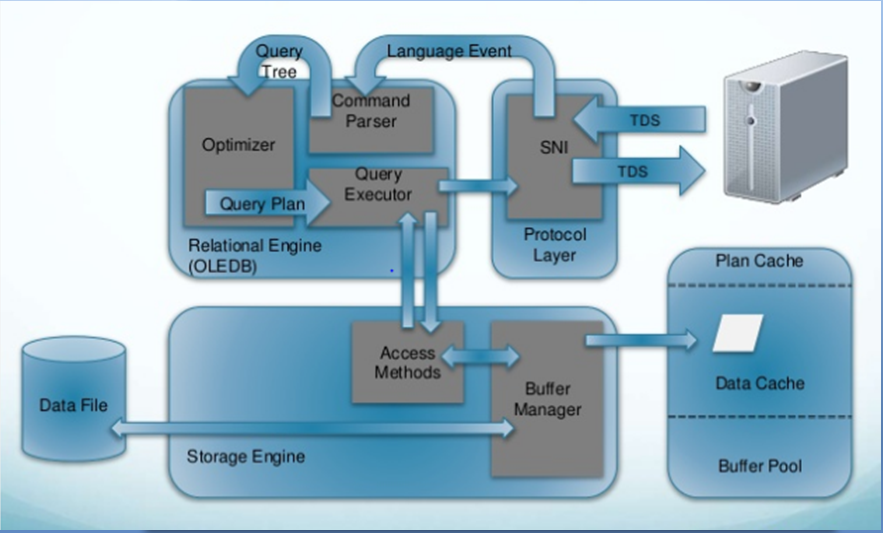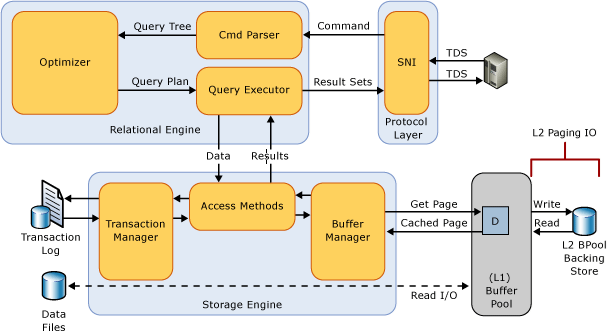There are many things you can do as a database professional to ensure your PL SQL code runs as it should. Therefore, in this article, we will talk about some good coding practices and offer advice regarding PL SQLperformance tuning.
The tips presented in this post are extremely reliable; in fact, top experts and experienced database technicians recommend them. They have been aimed at enhancing the execution time and getting the code to run optimally.
The code you have to tune has to take the least time to run. This is particularly important when the statement consists of several rows and the function is present in a SELECT clause. In such cases, the DBA first analyzes the nature of the function and then checks to see whether the database views will prove more productive.
The goal behind any kind of optimization, including Oracle SQL performance tuning and optimization, is to prevent users from facing any issues or wait times when using the database.
In case the function mentioned above has a reference in a WHERE clause, it is important to look into it further. This will help the DBA determine if a function-based index will help run the SQL faster.
It is also essential to carry out proper coding methods and practices when it comes to functions. That is because functions work best when they only contain a single RETURN clause in the regular (Begin) area present in the code. They can make use of purity features to reduce or eliminate side effects.
The next thing to consider is tuning every SQL call because SQL, when getting executed from PL/SQL, results in some extra overhead, known as a context switch. The SQL and its output find their source in the SQL engine which is why PL/SQL must request for every row from SQL.
Several experts are willing to educate newcomers for PL SQLperformance tuning and it certainly helps in this regard as well. They also mention bind variables to boost cursor reuse and decrease hard parsing as much as possible. However, experienced professionals advise against using them too much as they might cause other issues in the execution plan.
Another element that steadily reduces performance is the bulk processing of information. This is especially true if IN OUT or OUT parameters come into play. For this, it is better to use the NOCOPY alternative that allows the database to pass pointers rather than the entire information itself. That said, the best thing to do in these instances is to simply place all the routines in one package so nothing has to be passed!
Collections have also greatly improved in Oracle. For instance, the BULK COLLECT and FORALL features have become much quicker and have now proven to be the answer to row-at-a-time processing. Moreover, Oracle prefers hitting rows that don’t contain null values, and certain methods, such as the FIRST, the NEXT, and the LAST method, tend to skip null rows.
DBAs recommend another tip: to keep loop code as short as possible. Combined with good coding methods and single result set processing, this strategy is extremely helpful in Oracle SQL performance tuning and optimization. Also, developers should try not to use EXIT while they are inside the FOR or WHILE loops.
A majority of experts consider this to be poor coding because it mostly results in unexpected behaviour. The better thing to do is to make use of a single EXIT command and leave the loops simple. It doesn’t only make coding and executing easier, but it also simplifies maintenance in the long run.
Want to use the FOR loop? You can do it, but avoid declaring the FOR loop subscript. In case it already has a declaration that isn’t a PLS_INTEGER, Oracle will find it necessary to turn it into this format before it executes every single iteration of the loop. For instance, declaring the “i” in “FOR i IN…” will waste time in conversion.
The key to ensuring lasting results in SQL performance tuning is to use recent coding technologies as they are introduced. It is useful because it will improve the consistency of your code in conjunction with coding practices that exist in other languages.
Additionally, it becomes more convenient for the Database Administrator
to modify the code when they know other experts follow the same practices
during code maintenance. For example, all C programming languages have Boolean
logic in common. This is why it’s vital for database professionals to conform
to certain practices and techniques that will also ensure consistent
performance throughout various databases.


























